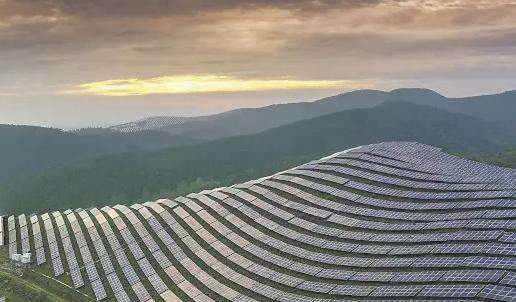1. The mechanical protection layer of armored cables can be added to cables of any structure to increase the mechanical strength of the cable and improve its corrosion resistance. It is designed for areas susceptible to mechanical damage and extremely sensitive. erosion of wires and cables.
2. It can be laid in any way and is most suitable for direct burial in rocky areas.
Shielded cables are generally fixed-lay electrical cables. Generally speaking, they are fixed in one place and hardly move. Power lines transmit electrical energy. In addition to the above objectives, adding a layer of armor to a cable can also improve mechanical protection such as tensile and compressive strength and extend its service life.
The armor has a certain resistance to external forces and can also prevent mice from biting itre, so as not to cause problems with power transmission through the armor. The radius of curvature of the armor must be large and the. The armor layer can be grounded and protected.
Detailed information:
The failure rate of armored cables is higher and the failure rate of rubber sheathed cables The rate is low. For armored cables, the reasons for cable failure are:
1. When wiring the cable, the wiring process of the cable terminals does not meet the quality. The requirements and requirements of the cable wiring process must be met. Pay special attention to the center end insulation and do not allow moisture to enter key connections to avoid affecting the insulation.
2. Cracks in the cable's armored steel strips, poor overlap, and cracks in the lead sheath may occur.t cause moisture to enter, particularly into the weak links at the end of the cable, which can damage the insulation. and cause a short circuit. Pay attention to the bend radius of the cable. It should not be too small and should not be less than 20 times the outer diameter of the cable.
Common cable applications:
1. Power system: Wire and cable products used in power systems mainly include overhead bare wires, bus bars (bus bars), power cables (plastic cables, oil paper power cables ( mainly replaced by plastic power cables), rubber-sheathed cables, insulated overhead cables), drop cables (replacing some busbars), electromagnetic wires and electrical equipment wires and cables for electrical equipment, etc.
2. Transmission of information: the wires and cables used dn information transmission systems mainly include local telephone cables, television cables, electronic cables, radio frequency cables, optical fiber cables, data cables, electromagnetic wires, electrical or other communication cables. other composite cables await.
3. Instrument system: In this part, except overhead bare wires, almost all other products are used, but mainly power cables, electromagnetic wires, data cables, instrument cables, etc. .
Baidu Encyclopedia - Armored cable














